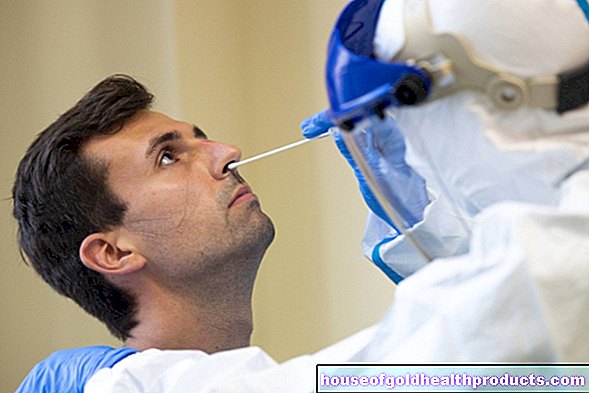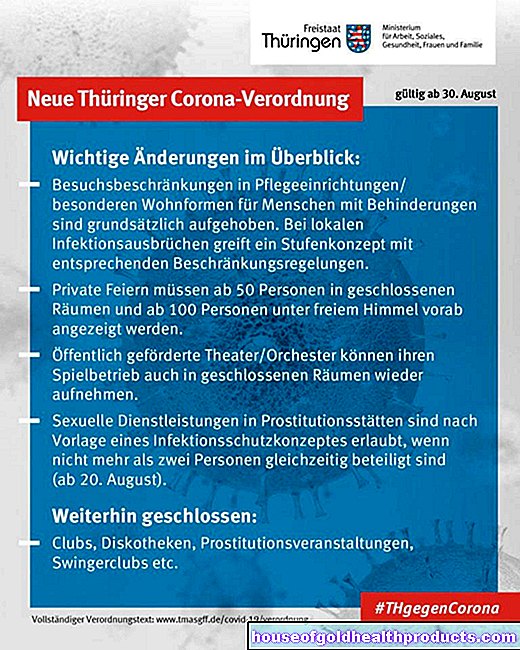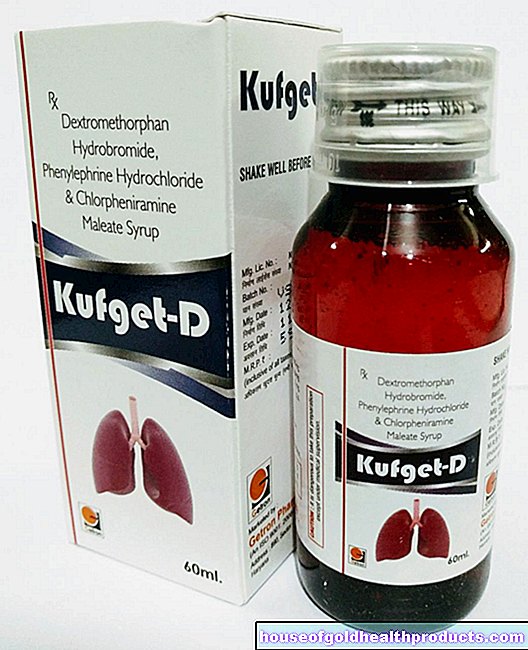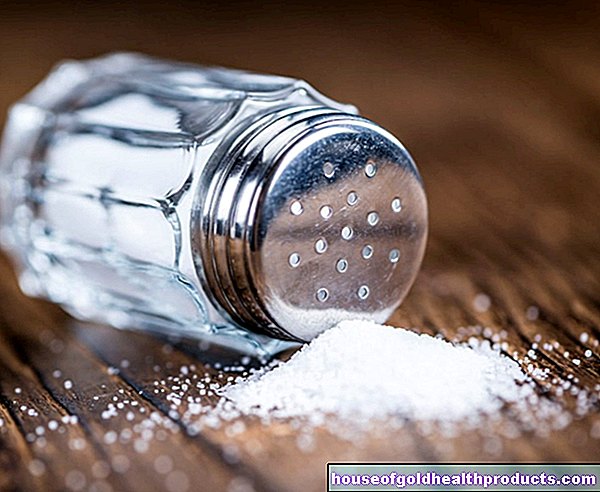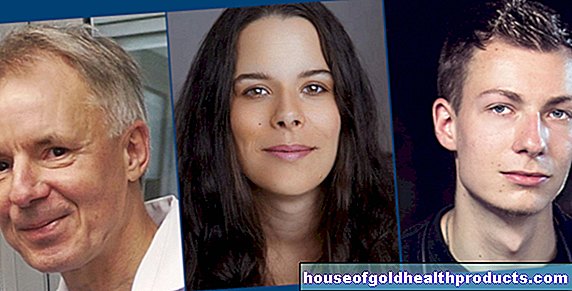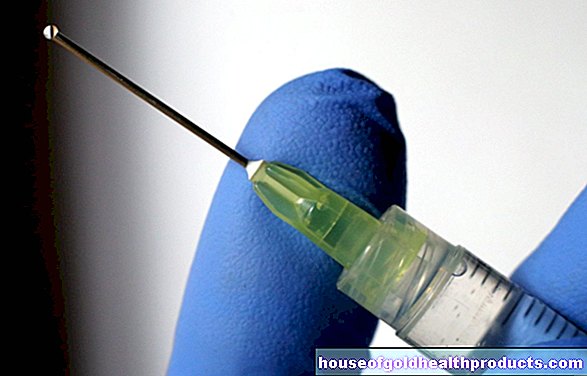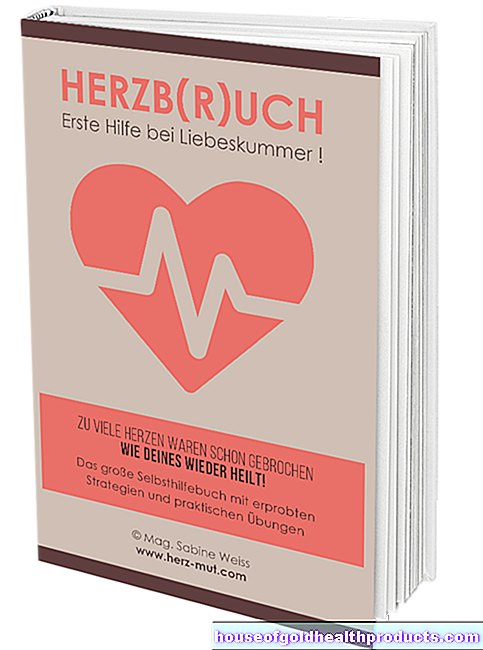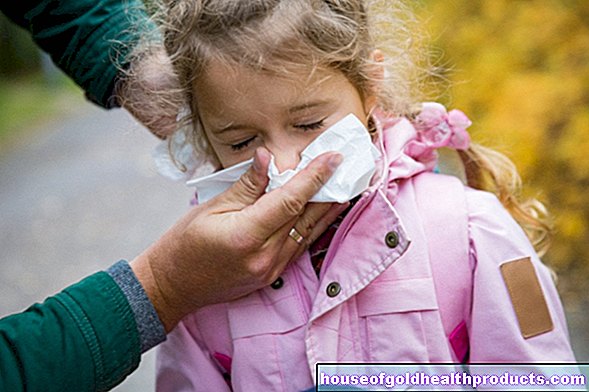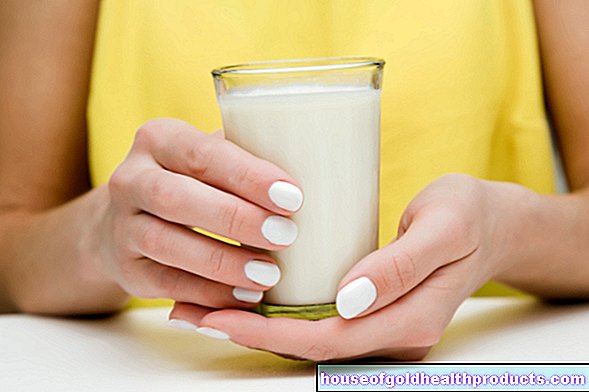Wrinkle injection: breeding ground for bacteria
All content is checked by medical journalists.MunichMore and more people have hyaluronic acid injected under their wrinkles or use it to pump up their lips. A harmless procedure, many think, but far from it: Bacteria feel particularly comfortable in these so-called fillers, Danish researchers have now discovered. In the worst case, the face remains permanently disfigured by the infection.
After cosmetic corrections, swellings, lumps and bulges may form in the treated area. That happens about one in a hundred to a thousand cases. It was previously thought that these unpleasant side effects were caused by auto-immune reactions. Allergies were also discussed as a trigger.
Explosive growth
Scientists working with Morten Alhede from the University of Copenhagen have discovered a completely different mechanism. They examined the effect of fillers on both mice and human skin in the laboratory.
The result: bacteria are to blame for the ugly lesions. They get under the skin with the gel during the cosmetic treatment - that is, they are transferred during the injection. Because the gel is a perfect breeding ground for the pathogens, they multiply explosively. Ten bacteria are enough to cause swelling or worse.
Barrier for antibiotics
The infections are difficult to treat because the bacteria form a so-called biofilm in the gel. This means that they attach to each other and also give off a protective layer of protein. The result is that antibiotics can no longer attack. In the worst case, the face will remain permanently disfigured.
"Now that we know how the lesions arise, we can better prevent them," says Alhede. Infection could possibly be prevented by injecting antibiotics directly under the skin with the gel. This would prevent the formation of a biofilm.
Fillers are booming
In the US, fillers are already the second most popular beauty treatment without surgery - and the trend is rising. And in Germany, too, more and more people are having their wrinkles injected. (away)
Source: Alhede M. et al .: Bacterial biofilm formation and treatment in soft tissue fillers. Pathogens and Disease, 2014
Tags: elderly care prevention skin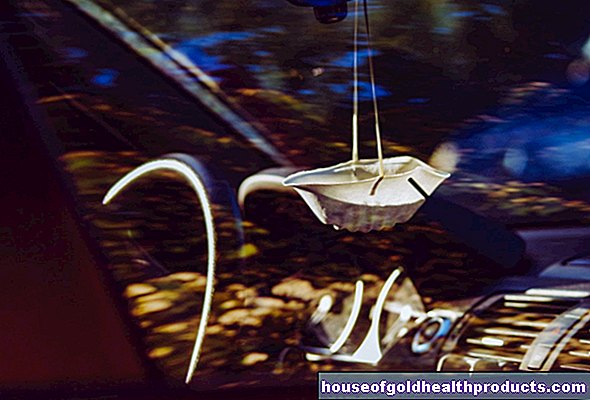

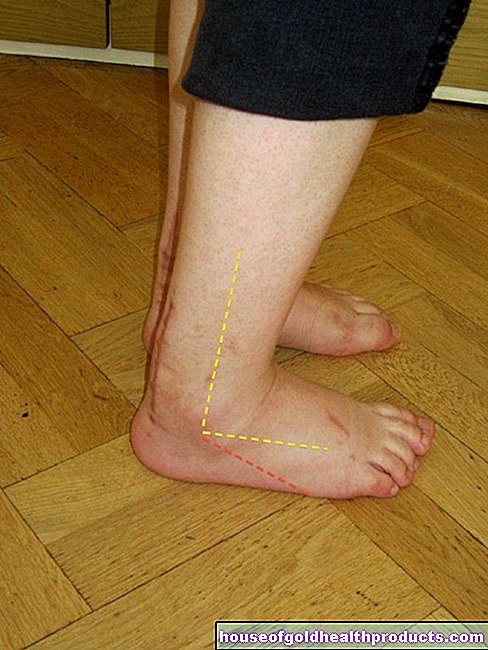



.jpg)



-nachrichten-aus-der-rhre.jpg)






